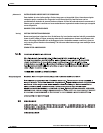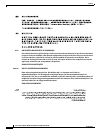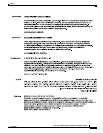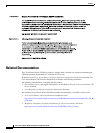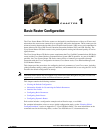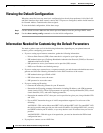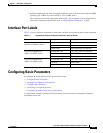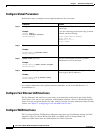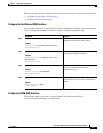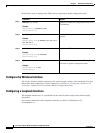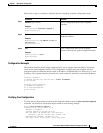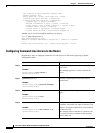
CHAPTER
1-1
Cisco Secure Router 520 Series Software Configuration Guide
OL-14210-01
1
Basic Router Configuration
The Cisco Secure Router 520 Series routers are designed for small businesses with up to 50 users and
teleworkers who want secure connectivity to corporate LANs and to the Internet. These routers provide
advanced security features that include secure Virtual Private Network (VPN) access and comprehensive
threat defense with Cisco IOS Firewall, Intrusion Prevention Solution (IPS), and URL filtering. The
Cisco Secure Router 520 Series routers also provide dynamic routing and advanced quality of service
(QoS) features.
The Cisco Secure Router 520 Series routers complement the Cisco Unified Communications 500 Series
router and the Cisco Smart Business Communications System (SBCS) portfolio. As part of the SBCS
portfolio, the Cisco Secure Router 520 Series routers deliver a common user experience through
integration with the Cisco Configuration Assistant, Cisco Smart Assist, Cisco Monitor Manager, and
Cisco Monitor Director.
This chapter provides procedures for configuring the basic parameters of your Cisco router, including
global parameter settings, routing protocols, interfaces, and command-line access using the CLI. It also
describes the default configuration at startup.
Note Individual router routers may not support every feature described throughout this guide. Features not
supported by a particular router are indicated whenever possible.
This chapter contains the following sections:
• Viewing the Default Configuration
• Information Needed for Customizing the Default Parameters
• Interface Port Labels
• Configuring Basic Parameters
• Configuring Static Routes
• Configuring Dynamic Routes
Each section includes a configuration example and verification steps, as available.
For complete information on how to access global configuration mode, see the “Entering Global
Configuration Mode” section in Appendix A, “Cisco IOS Basic Skills.” For more information on the
commands used in the following tables, see the Cisco IOS Release 12.3 documentation set.



